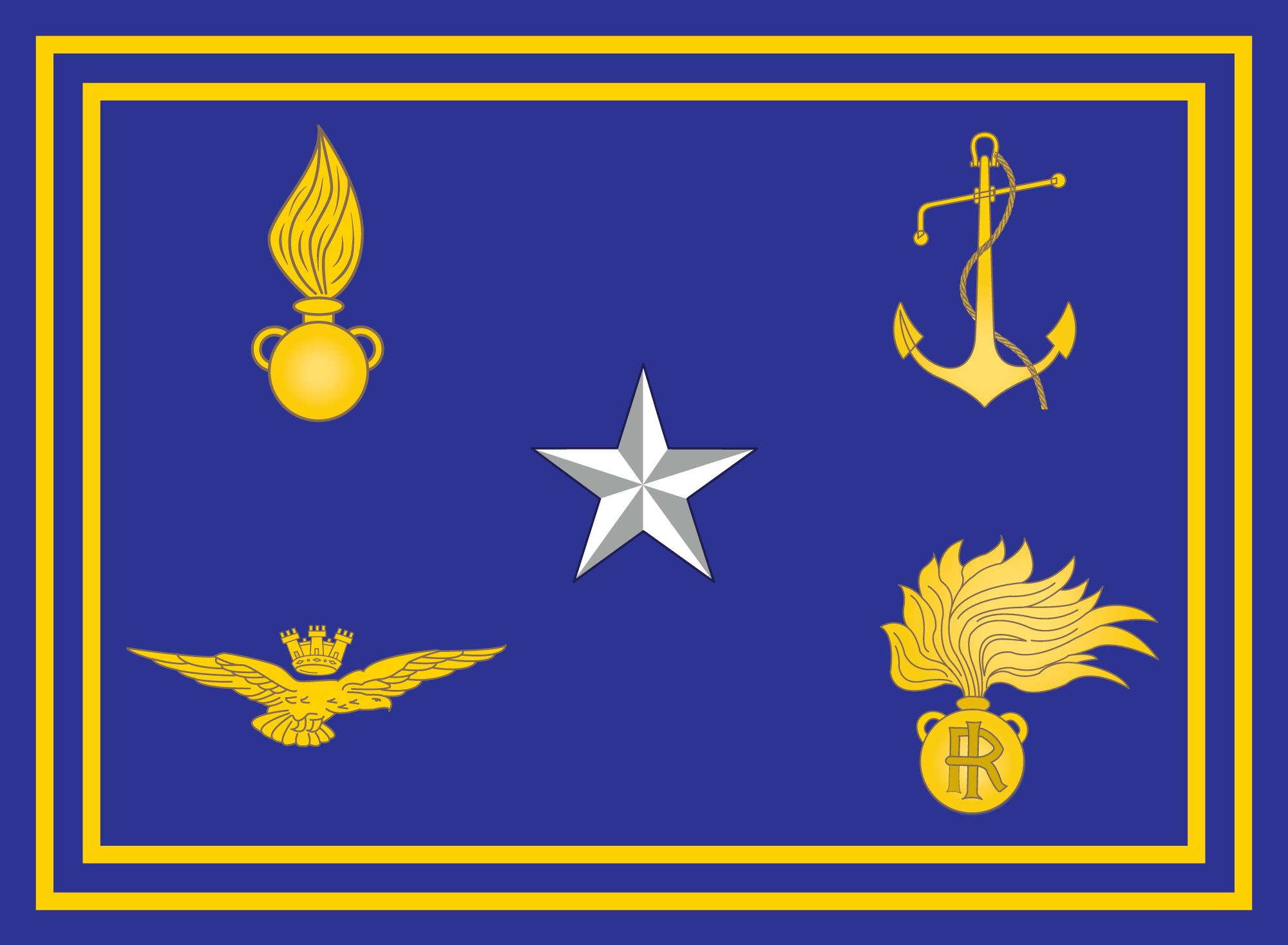
Recognition (en)
[it]
in accordance with AER(EP).P-R
Recognition is a robust, repeatable, objective evidence based process, as such it is auditable; it is built upon the technique of “look, compare, and assess”. It aims to deliver a structured argument to show similarities between the military airworthiness systems of the National Military Airworthiness Authorities (NMAA) engaged in Recognition. The assessment of similarity provides support for a decision to leverage military airworthiness documentation (artefacts) issued by the recognised Party, allowing for the realization of benefits, like simplified national processes and reduction of redundant activities imposed on Government and Industry. The same approach is adopted in many other fields, like: civil aviation, pharmaceutics, trade & export, metrology, and telecommunications; notwithstanding the diffusion and positive results of this process, as of today there is no international or supranational standard on Recognition.
Within this context, the European military has undertaken the study of a harmonized procedure, taking advantage of the experts group of the Military Airworthiness Authorities (MAWA) Forum, operating through the European Defence Agency. The effort resulted in the release of the European Military Airworthiness Document - Recognition Process (EMAD R).
On the basis of the EMAD R, DAAA has developed the national regulation AER(EP).P-R, through which it manages international cooperation activities between NMAA.
The Recognition process, when formally activated, involves two main steps:
- General Recognition: analysis of the military airworthiness system adopted by the Authority of the Nation that is intended to be recognised. In this phase the level of similarity between the foreign system and the national one is determined with the release of a Recognition Certificate (RC).
- Leverage Recognition: development of cooperation to identify artefacts to be used for gaining benefit. In this phase the governing framework for the transfer of the documentation is agreed with the signing of a Recognition Implementing Arrangement (RIA) or equivalent instrument.
Recognition can:
- be performed One-Way or Two-Way, depending if only one NMAA or both are seeking to pursue recognition;
- comprise of one Step or two Steps, depending on the desired goals described in the scope of recognition;
- achieve Tier 1 (T1) or Tier 2 (T2), depending on the level of similarity between the NMAAs' military airworthiness systems.
The current situation of DAAA international recognitions is available here:
The following link provides detailed information on the implementation of current recognitions (via RIA or equivalent instrument), providing artefacts that can be consumed in the military airworthiness system regulated by the DAAA.
Military Approvals of Organizations, issued by recognized NMAA and become consumable through the implementation tools, will be included in the appropriate lists published in the respective sections of this site (145, 21G, 21J, 147, etc.), accessible via the buttons located on the right of this web page “Aeronavigabilità”.
Contact: recognition.daaa@armaereo.difesa.it


